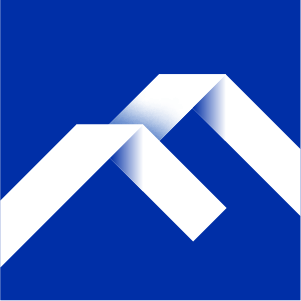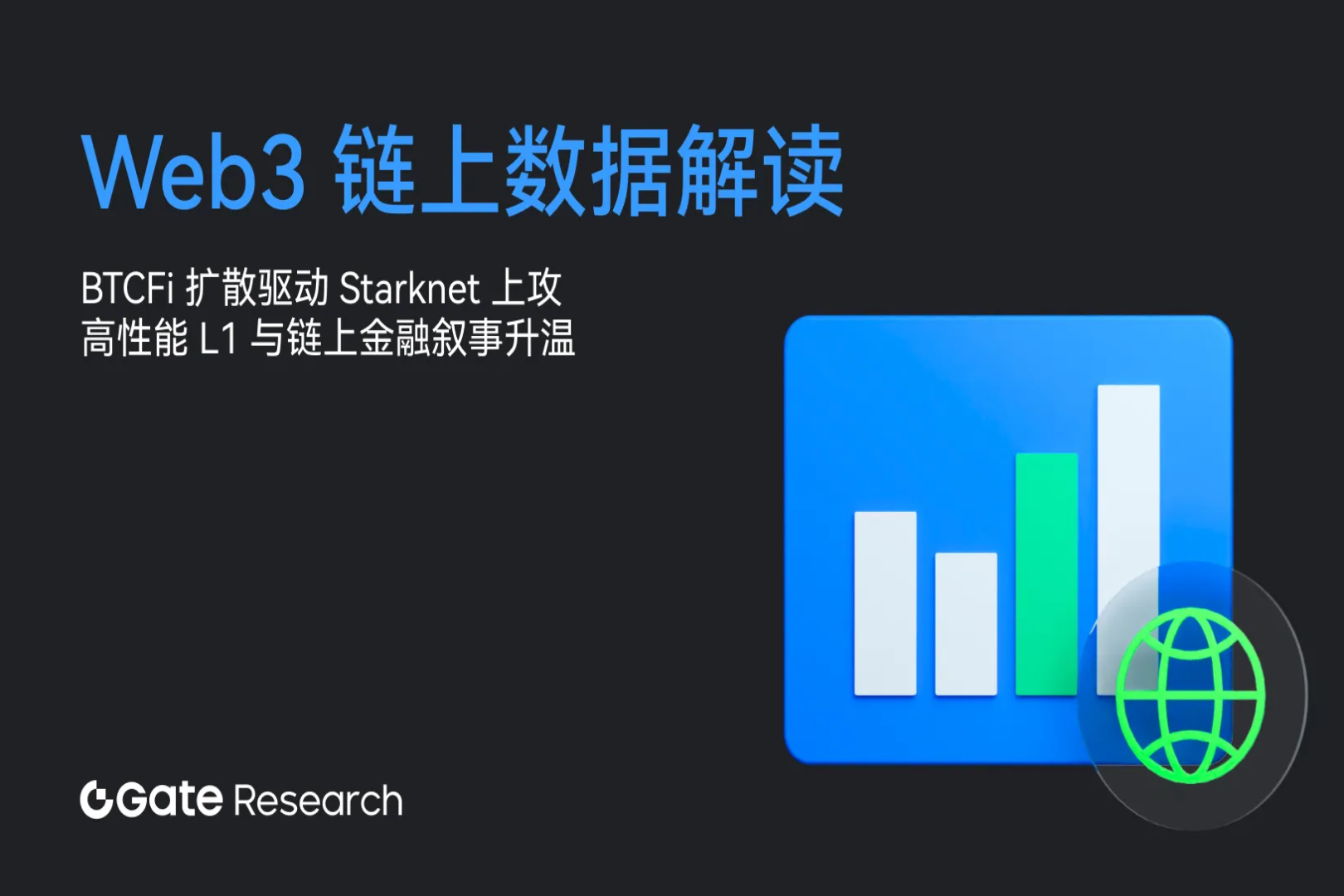Detailed explanation of Redstone: OP+Plasma new combination, Lattice chain game dedicated L2
Original author: Karen, Foresight News
Yesterday, Lattice, the team behind the full-chain open source engine MUD, announced the launch of L2 Redstone, which is suitable for on-chain games and self-made worlds. It has now been launched on the Redstone Holesky test network.
Redstone is an Alt-DA chain inspired by Plasma, built on the OP Stack. The blockchain scaling solution Plasma allows all data and computation except deposits, withdrawals and Merkle roots to remain off-chain.
It is worth mentioning that before the official announcement of Redstone, Vitalik Buterin publishedLong articleEVM Validiums Exits the Game: The Return of Plasma believes that Plasma is still an underestimated design space that can completely bypass data availability issues and greatly reduce transaction fees.
Recommended reading: Interpretation of Vitalik’s new work: Will ZK+Plasma change the Layer 2 landscape?》
What is Redstone? How does it work?
Redstone is the first Plasma implementation of the OP Stack, built specifically for developers of on-chain games and autonomous worlds in collaboration with Lattice and Optimism.
The main difference between Redstone and other OP Stack Rollups is data availability (DA). Redstone does not use L1 Ethereum to implement DA, instead using an alternative DA provider and only publishing input commitments to L1.
To ensure this data availability, Redstone has set up a separate Data Availability Challenge (DA Challenges), allowing anyone (node) to challenge the availability of data corresponding to a given commitment on L1, which can be checked on the Rollup input dashboard Commit data and question commitments.
When a node challenges the input commitment, the DA provider will publish the input to L1, with the attendant increase in cost. Therefore, Redstone requires nodes to pay a deposit that can solve the challenge cost when submitting a DA challenge. If the DA provider successfully solves the challenge, the deposit will be destroyed. If it fails, the deposit will be returned to the challenge node. The purpose of this is to reduce spam challenges.
In this way, transaction costs can be significantly reduced (usually mainly L1 data fees), while the complete guarantee of Ethereum can be inherited.
The Redstone Bridge currently released by Redstone can realize ETH transmission between the Holesky test network and the Redstone Holesky test network, and will be expanded to the main network and other asset classes (ERC 20, ERC 721, etc.) in the future.
Lattice: A heavyweight player in all-chain games
Lattice product development covers the chain, execution layer, L2, on-chain operating system, EVM framework, tools and applications. Among them, the complex Ethereum application framework MUD developed by Lattice is relatively mature and compresses the complexity of building EVM applications through a tightly integrated software stack in the entire chain.
Lattices achievements would not be possible without the hard work and support of our team members and contributors. Lattice Team and Number of Contributors The Lattice official website lists 13 team members, and as many as 58 contributors.
The main funder and incubator of Lattice is 0x PARC. 0x PARC is a research organization formed by Gubsheep, the founder of Dark Forest. Projects funded by 0x PARC, providing operational support or otherwise participating include Dark Forest, Lattice, ZKonduit, Index Supply, Zupass, ZFT, Hack Lodge, EthUniversity, etc. The funds for 0x PARC come from donations from the Ethereum Foundation, Gitcoin, ETHGlobal, etc.
In the summer of 2022, Lattice founders Ludens and Alvarius collaborated to develop zkDungeon, an on-chain game that combines board games and battle royale games. Later, they realized that the construction of operating systems had a higher priority and gradually explored the ECS (entity, component and system) model. And later based on this, MUD V1 was released.
According to GithubRecord, MUD adds a number of conventions for organizing data and logic, and abstracts away low-level complexity so that developers can focus on the functionality of the application. In other words, MUD standardizes the way data is stored on-chain. With this standard data model, MUD can provide all network code to synchronize contract and client state.
In 2022, Lattice also collaborated with Optimism to use MUD to release the Minecraft on-chain clone OPCraft within one and a half months.
Currently, the Lattice team is developing MUD V2, which will provide developers with greater flexibility in reading and writing to the blockchain. In addition to MUD V2, Lattice is also developing the full-chain real-time strategy game Sky Strife (the official testnet was launched on November 27) and other MUD-related infrastructure products. Projects supported by MUD also include the full-chain city construction game Primodium and the on-chain Scrabble game Word 3.
On-chain gaming must be one of the potential areas to drive mass adoption of Web3. As an important infrastructure and promoter of full-chain games, Lattice is creating new gaming experiences through game engines, L2, and game applications.
refer to:



